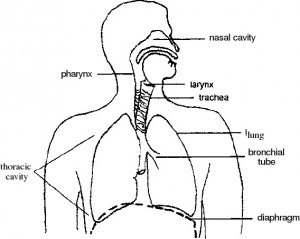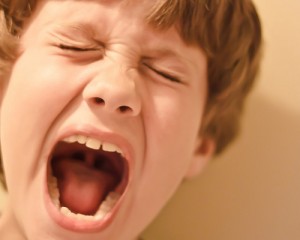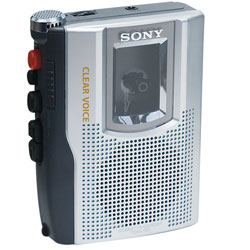Voice Disorders
There are many different kinds of voice disorders, or vocal disorders. They range from mild to severe. Most often, a voice disorder in a child is a result of excessive yelling, coughing, throat clearing, or similar activities. They may also be caused by environmental factors, such as irritants, or by congenital abnormalities. If your child’s voice seems unusual bring him to his pediatrician to have him evaluated for a possible voice disorder.
Symptoms
Some of the most common symptoms of a voice disorder include hoarseness or breathiness, also called dysphonia. Your child’s voice may also break, despite being at an inappropriate age for puberty. He may experience intermittent aphonia, which refers to the temporary loss of his voice that recurs. Softness or a low voice is not the only indicator of a voice disorder; some children also present with a voice that is frequently too loud.
Laryngitis
Laryngitis is one of the most common types of voice disorders. It refers to the inflammation of the vocal cords and it may be caused by gastroesophageal reflux, infection, or vocal abuse (yelling).
Vocal Cord Paralysis
Vocal cord paralysis means that one or both of the vocal cords is unable to move. Children with vocal cord paralysis will speak much more quietly than usual, if at all. It may be caused by an injury, an infection, or a neurological disorder.
Laryngeal Papillomatosis
This voice disease is rare. It is characterized by the growth of tumors in the vocal cords, voice box, or air passages. Laryngeal papillomatosis is caused by the human papillomavirus (HPV).
Contact Ulcers
Contact ulcers means that the tissues on your child’s voice box cartilage has begun to wear away. It could also refer to sores in that area. Contact ulcers are typically caused by either reflux or vocal abuse.
Medical Treatment
The treatment used for your child’s voice disorder depends on the type of disorder he has and the cause. He may require medications if gastroesophageal reflux is the cause of the voice disorder. Some children might require surgery to remove abnormal growths or to repair damaged tissues.
Speech-language pathologists (SLPs) can also help your child recover his voice, particularly if his voice disorder is caused by vocal abuse. One of the most common speech therapy techniques used for these disorders is to help your child become more aware of his patterns of speech and the loudness of his voice. Your child’s speech therapist will likely tape record your child speaking and play back the recordings. She will also likely play recordings of model speech to help your child understand the proper tone and pitch of vocalization.





